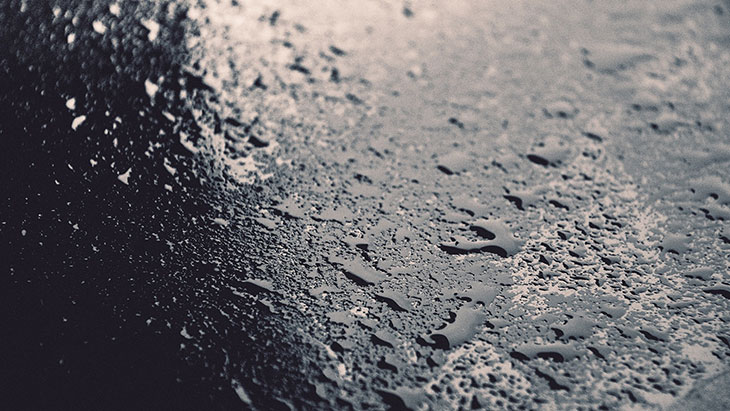Drying out a room affected by water damage is one of the first steps you must take in repairing damage to your home. Open windows and doors to circulate natural air into your home. Open closet doors and dresser and desk drawers. Fire up a few high-powered box or industrial fans to increase circulation and speed-up drying. Consider purchasing a large dehumidifier to remove water vapor from the air, a process that severely slows the spread of mold.
All damaged items including furniture and appliances should be taken outside and dried in the sun. Use clean water to rinse wet mud off objects before air drying. Consult with the manufacturers of your various salvaged items before taking further steps. Place damaged books in plastic bags and stick them in the freezer to inhibit further deterioration. At a later date, remove the books and let them air or fan dry. Remove affected carpets and rugs from the home and bring them out to dry in the sun. After they dry, scrub them down with water and a simple detergent, unless mold has taken over the carpets in question, in which case, throw them out.
Floorboards coated with mud should be washed down with clean water. Dry out your floorboards slowly. Rapid drying can cause the floorboards to form a dome shape on top, since the top part of the floorboard dries before the bottom. Drying may cause your floorboards to warp in shape, so placing weights or shoring on the wood floors during the process of drying out the room can prevent the warping from happening.
If your walls have been wet for over three days, you must begin the process of removing the drywall affected by water. While replacing your drywall doesn’t have to be a difficult task, as some of it might not be so damaged as much as it is simply stained, it’s always suggested that you contact a professional to assist you in the removal process. Paying a contractor to complete the process in one home visit should cost you between $50 and $125. A larger project that requires multiple visits from a contractor could cost upwards of $300. This task requires the skills of a determined handyman, so if you do not have experience replacing drywall affected by water damage, we urge you to contact a professional.
You’ll want to pump the standing water out of the basement, but makes sure to wait until the surrounding ground dries out. Pumping the water out of the basement while the surrounding earth is saturated could create uneven pressure on the floor and walls of the basement, creating the possibility of cracking or collapse. Do not pump out standing water until the flood has moved downhill from your home; if you pump out water while the flood is still moving, you run the risk of flooding your home all over again.
If you find your home affected by water damage from a leak or flood, it’s imperative that you take the necessary immediate steps to dry out the affected rooms so you can begin assessing and repairing the damage. Don’t hesitate to call and hire a water damage restoration team to tackle the flood damage for you, as some of the affected areas of your home will probably require professional attention, such as drywall, ceilings and air ducts.






